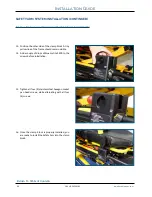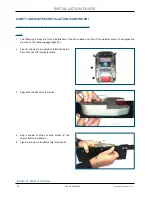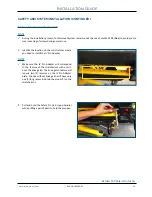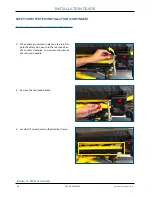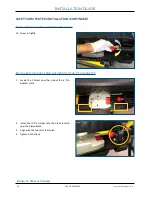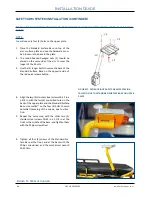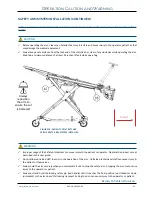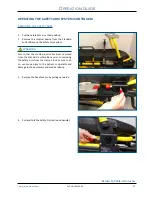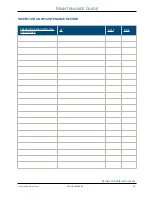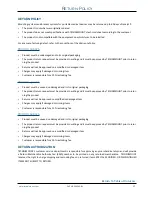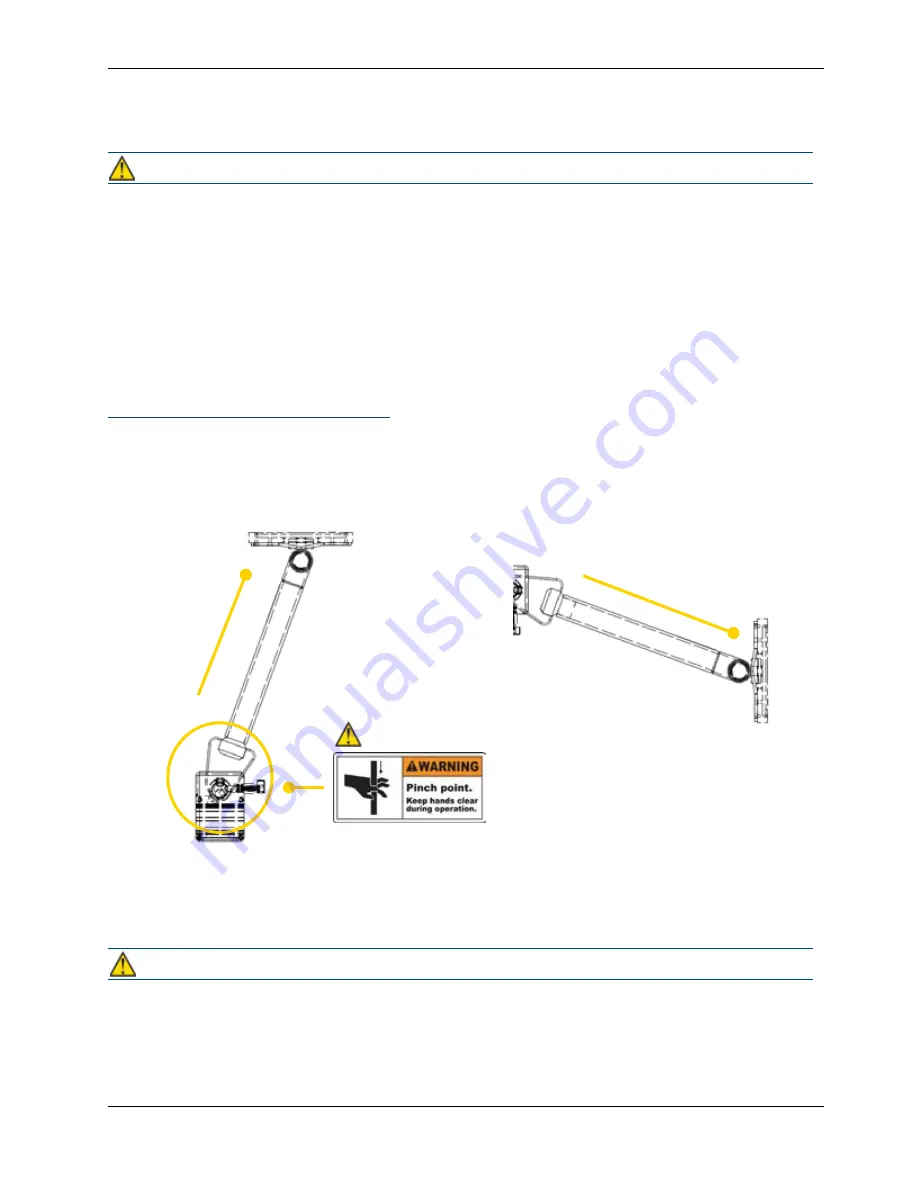
SAS UG 202205-01
43
GENERAL OPERATING GUIDELINES (CONTINUED)
WARNING
9
Never let a patient grab, manipulate or hold the Standard Surface Base or the arm on the cot/stretcher or it may
cause injury to the operator or patient. Secure the arm as recommended while the patient is on the cot/stretcher.
9
Always transport the patient while the arm is in the upper or locked position.
9
Lower to the unlocked position when loading and unloading the patient.
9
The upper or locked position maintains the balance of the cot/stretcher and reduces the potential of a cot/stret
-
cher tipping.
9
It is extremely important to raise the safety arm up along the same axis, to its maximum position, even with the
weight of the medical device, in order to not damage the tip of the triangle head. Improper positioning of the
arm can cause premature damage or cause improper functioning of the system.
RECOMMENDED HANDLING POSITIONS
9
Hold the arm’s tubular frame at the center or close to the top near the base.
9
Avoid placing your hands too close to the clamp block base due to pinch points that may cause injury to the
operator.
9
To raise the arm in locked position, release the fixed lock pin and pull the arm up.
WARNING
9
It is extremely important to raise the safety arm up along the same axis, to its maximum position, even with the
weight of the medical device, not to damage the tip of the triangle head. Improper positioning of the arm can
cause premature damage or cause improper functioning of the Safety Arm System.
Operation Guide
SAFETY ARM SYSTEM IN UPPER
POSITION (LOCKED)
SAFETY ARM SYSTEM IN LOWER
POSITION (UNLOCKED)


